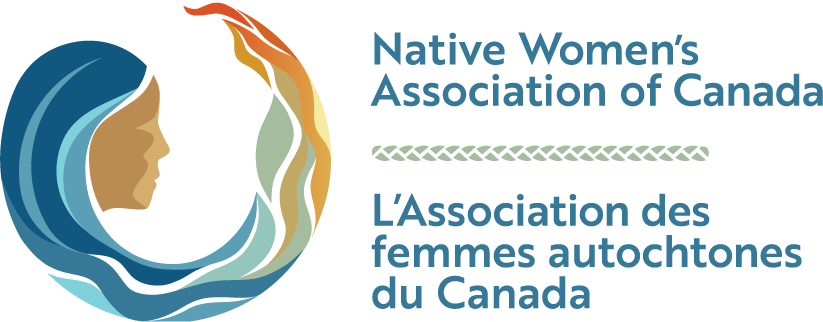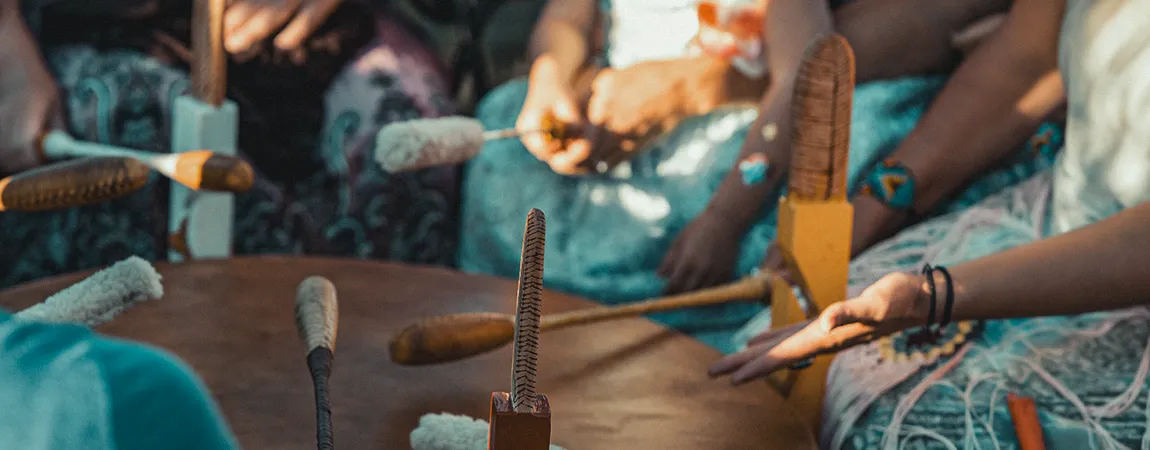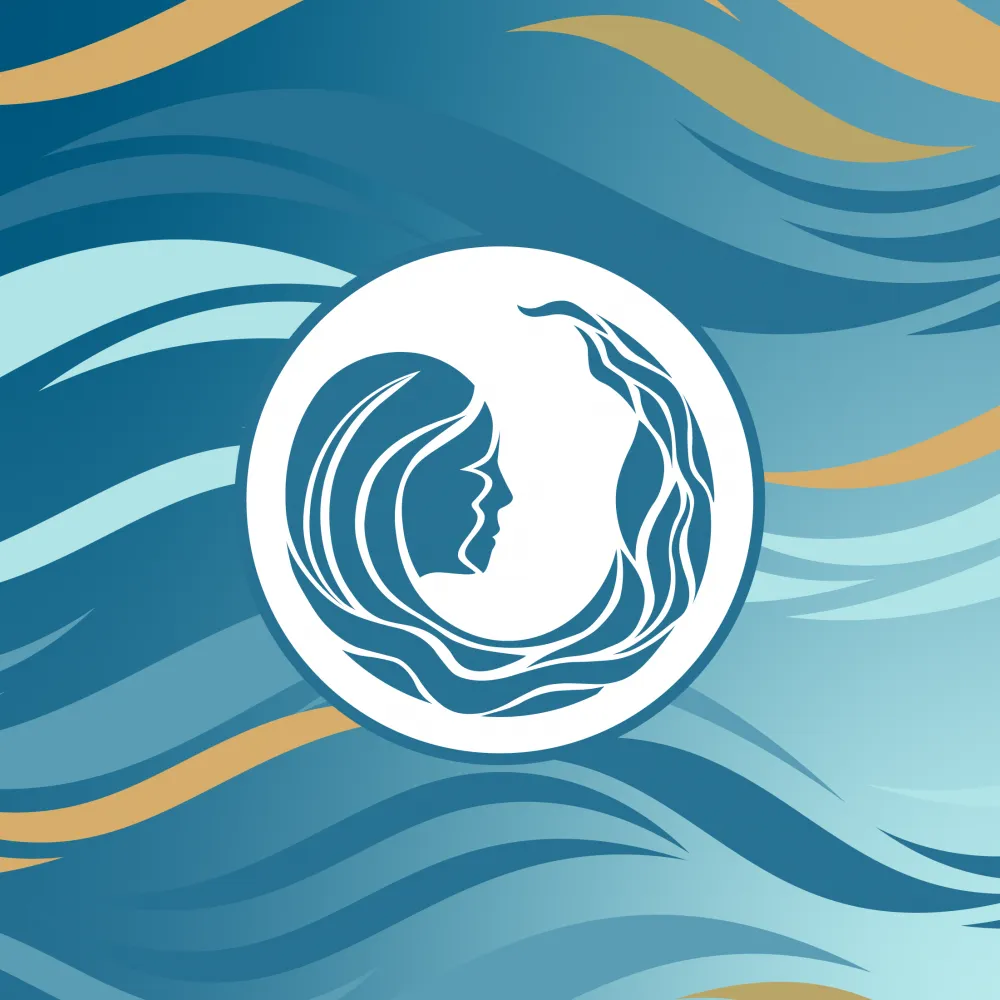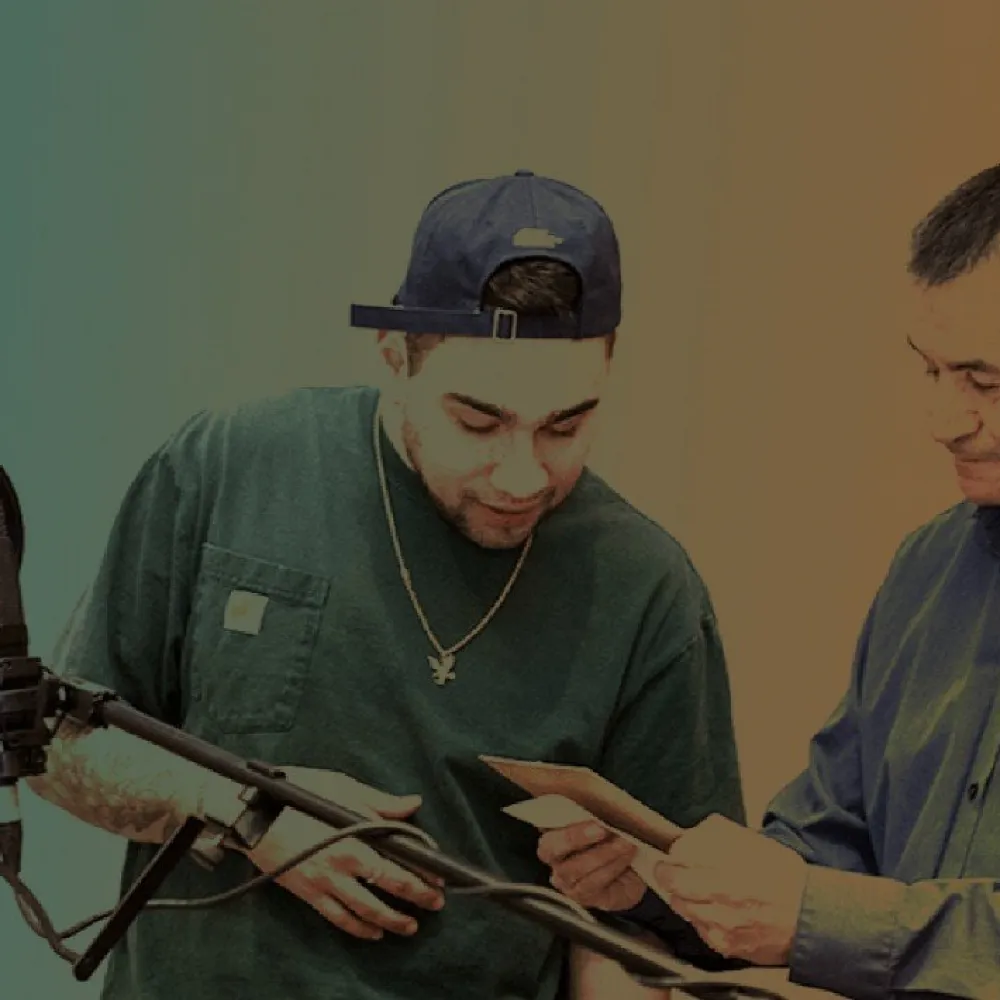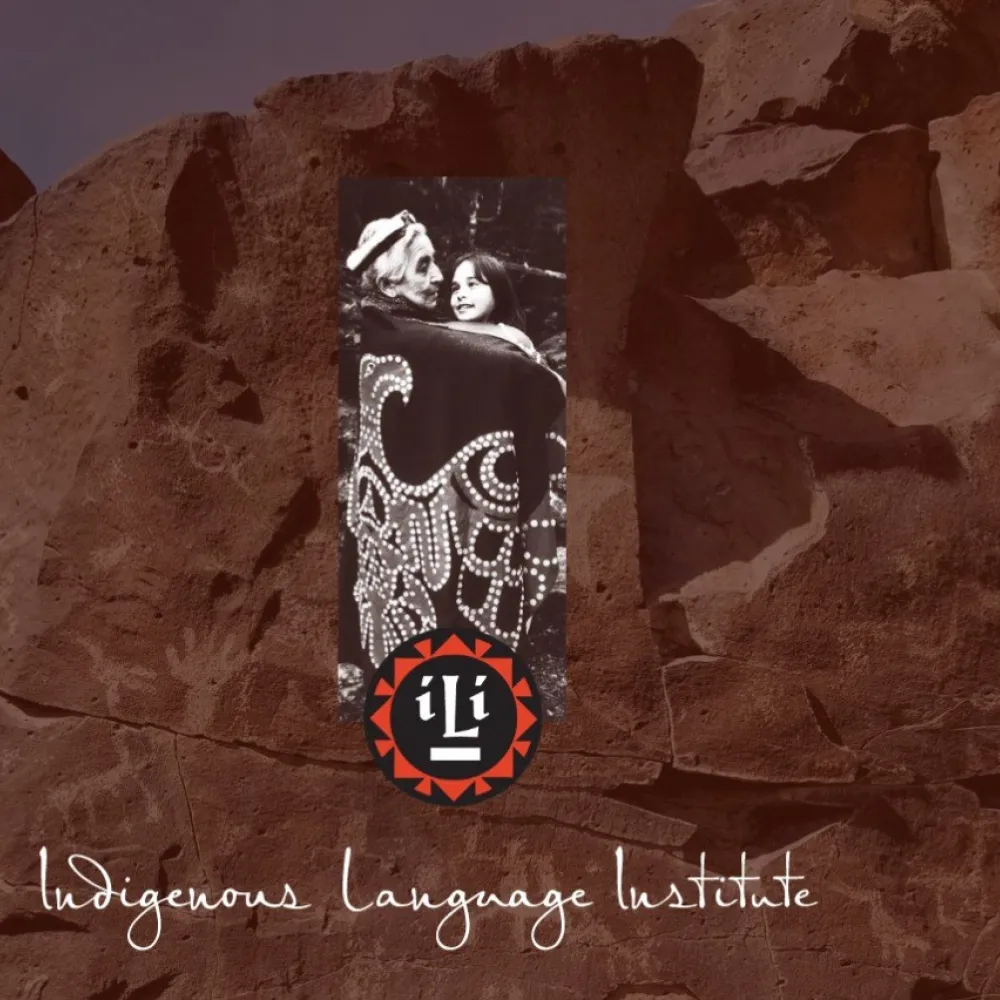Summary
Indigenous languages in Canada are characterized through 12 overarching language families: Algonquian, Inuit, Athapaskan, Siouan, Salish, Tsimshian, Wakashan, Iroquoian languages as well as Michif, Tlingit, Kutenai and Haida.
The transference of languages from one generation to another has been severely impacted by colonization. The Final Report of the National Inquiry into Missing and Murdered Indigenous Women and Girls concluded that targeted elimination of Indigenous languages was one way that colonial structures attempted to end Indigenous culture in Canada.
In 2018, NWAC completed a report on Indigenous language preservation and revitalization. The report highlighted a need to address disparities and inconsistencies in funding, services, and delivery, which are central in promoting and revitalizing Indigenous languages. From these findings, NWAC has put forward recommendations to ensure the urgency of Indigenous languages revitalization is met with action. Knowing traditional languages not only presents opportunity for cultural revitalization but also poses extensive social and personal benefits.
